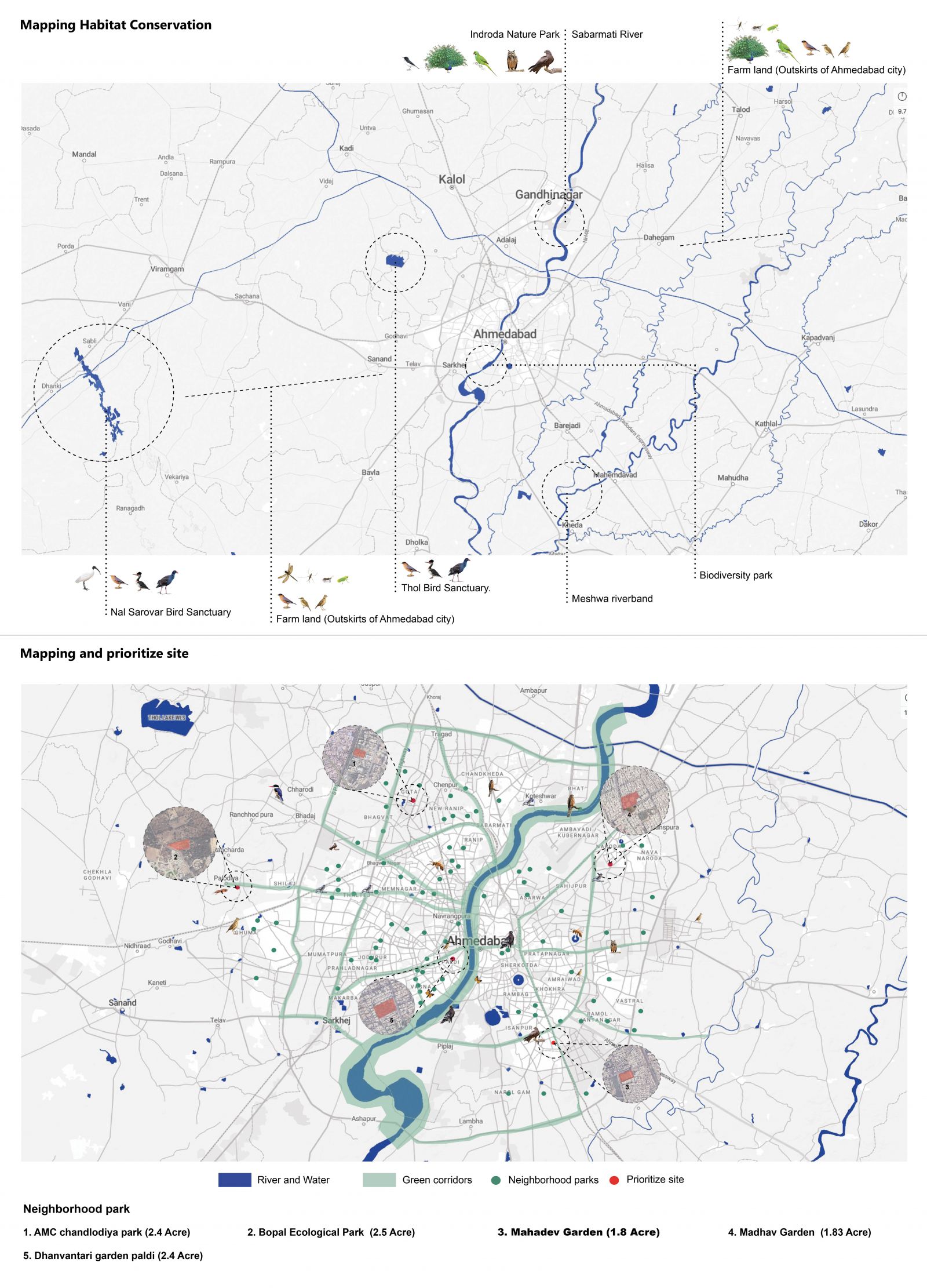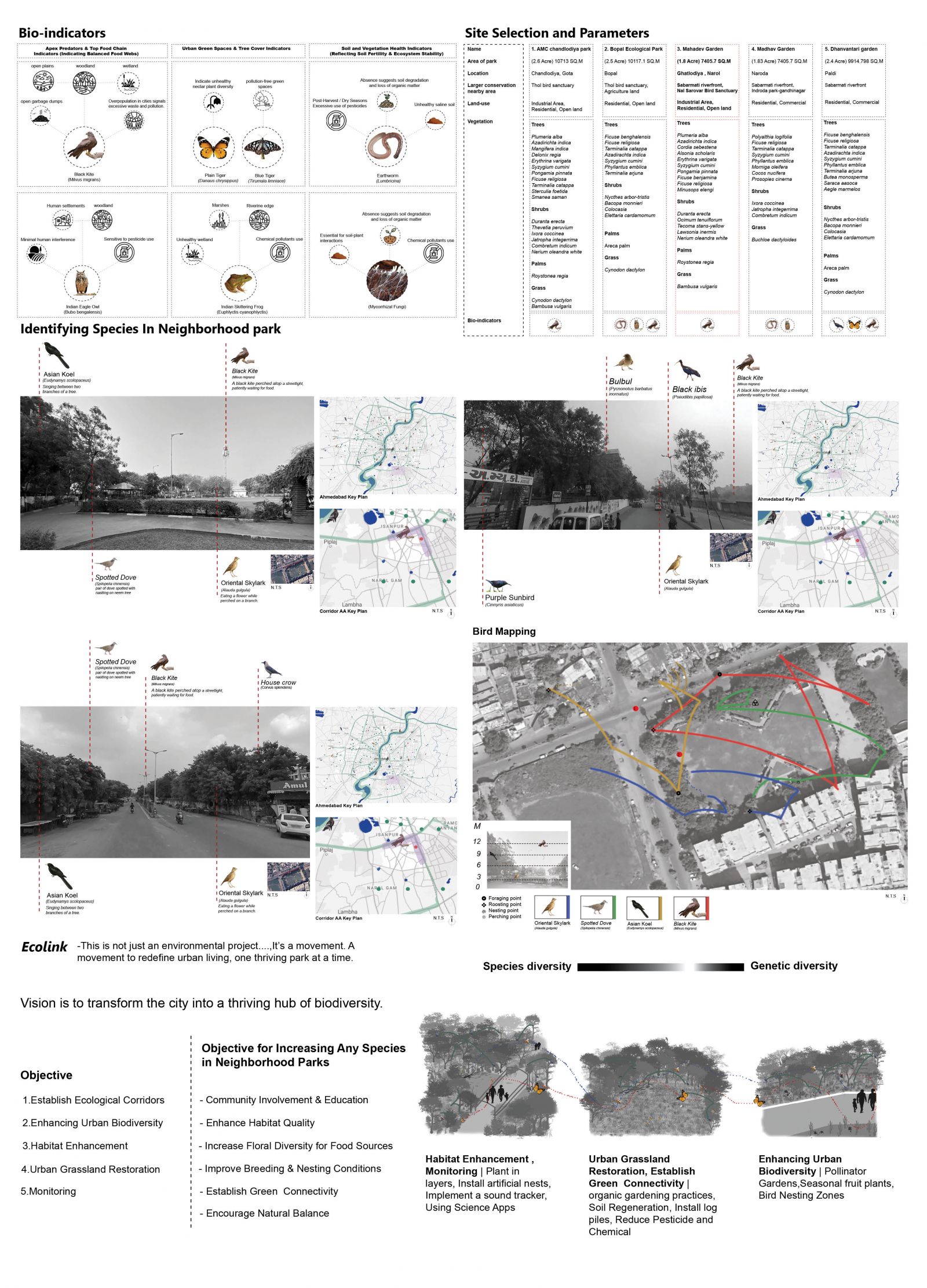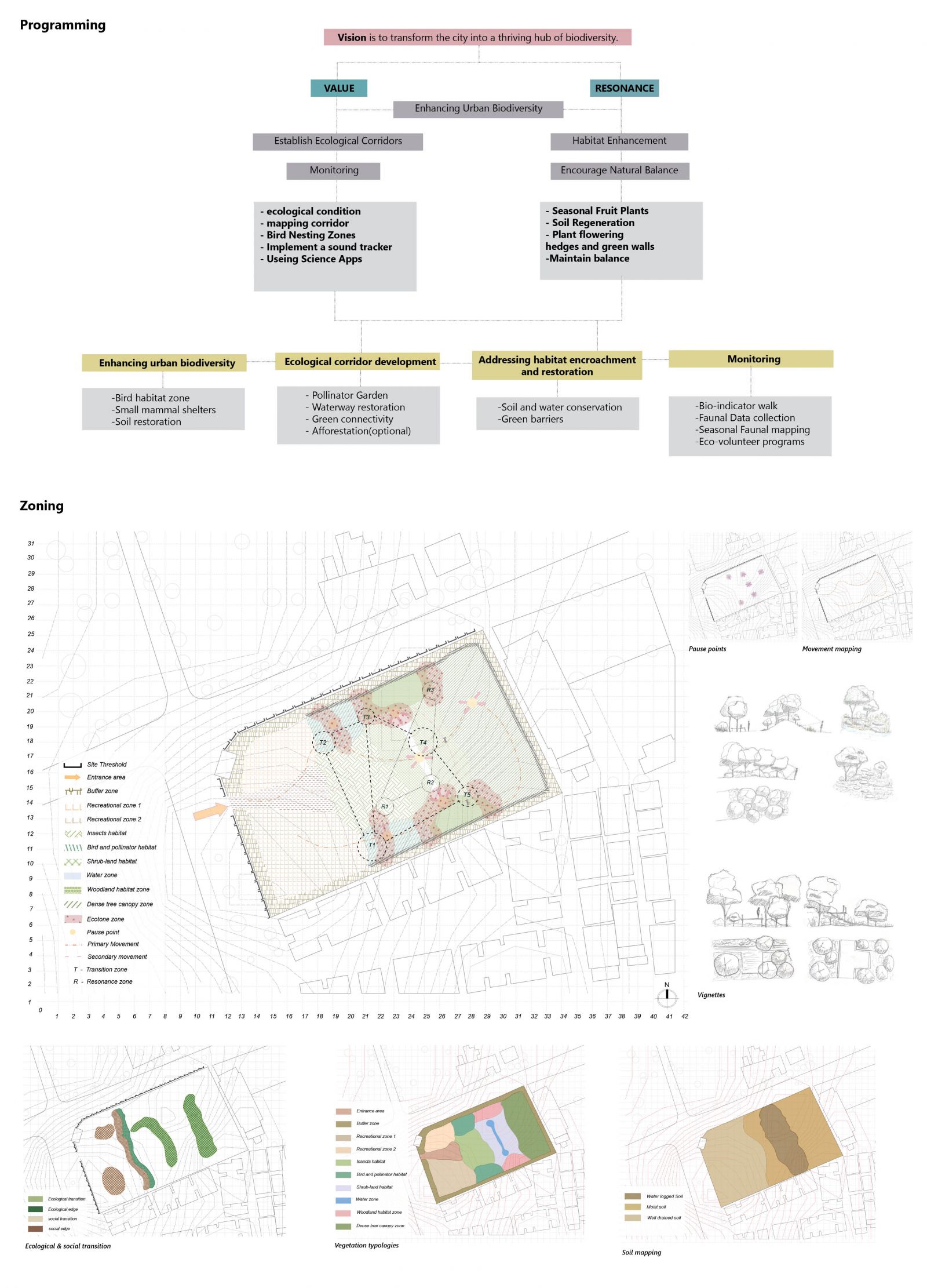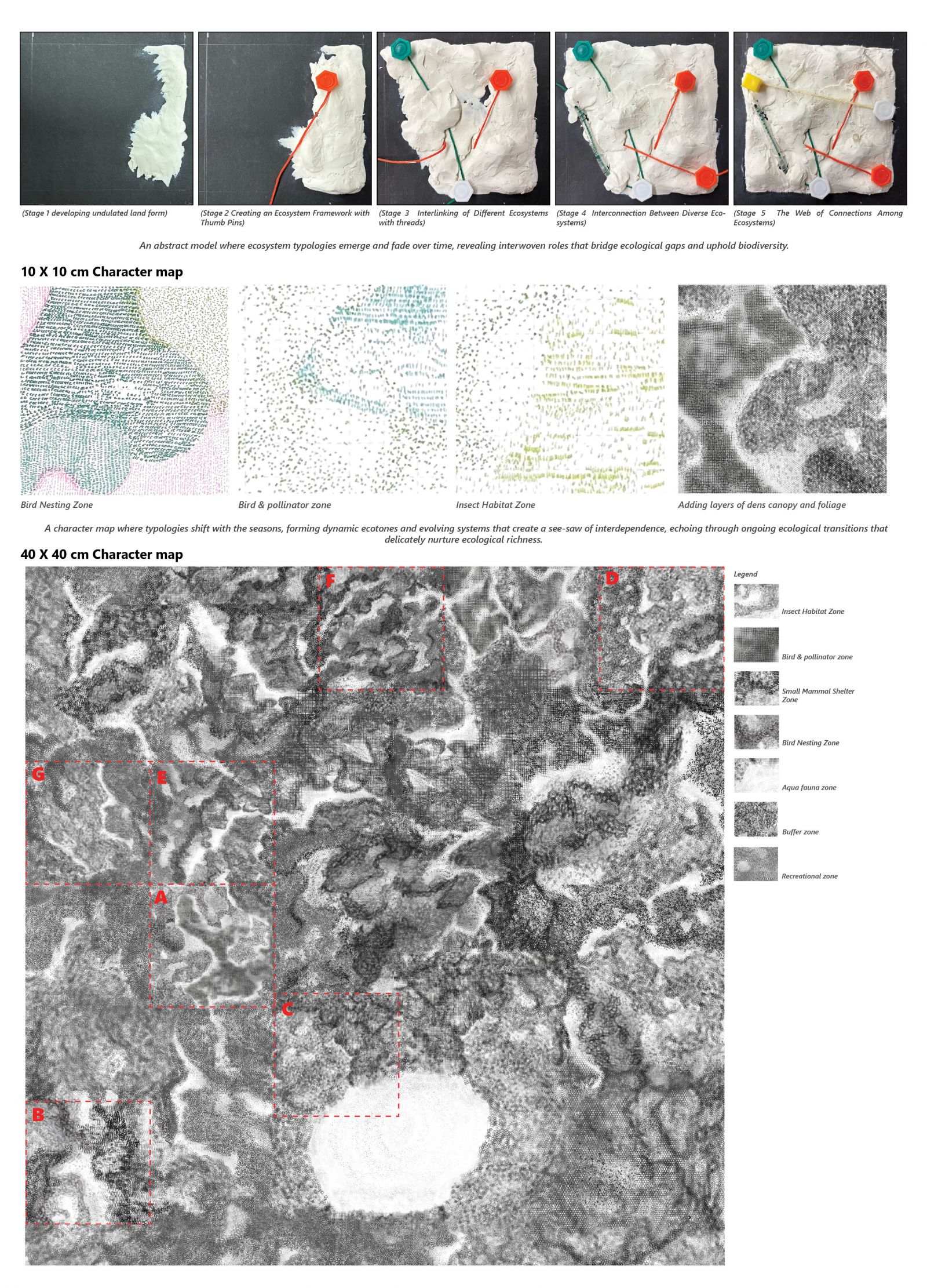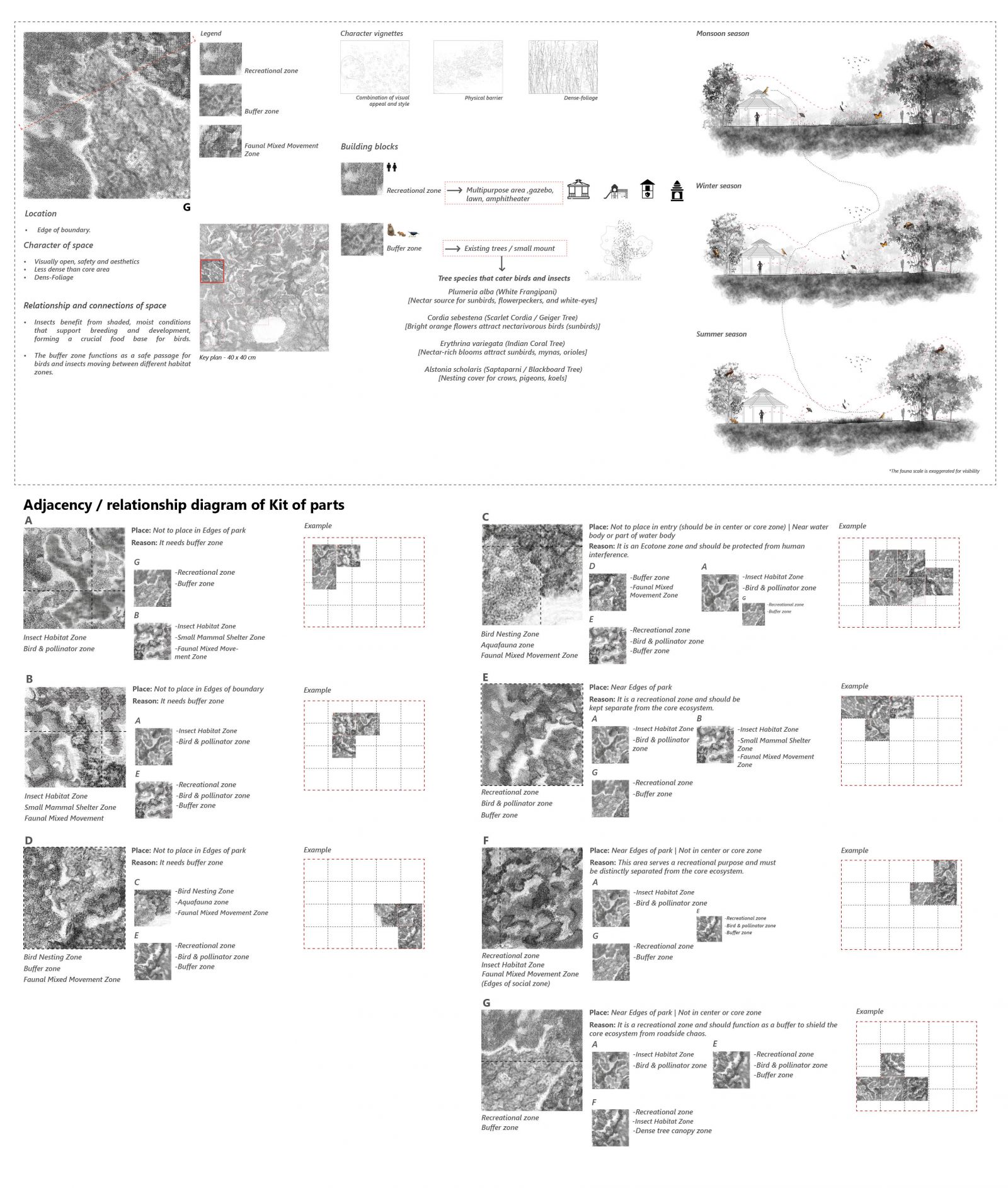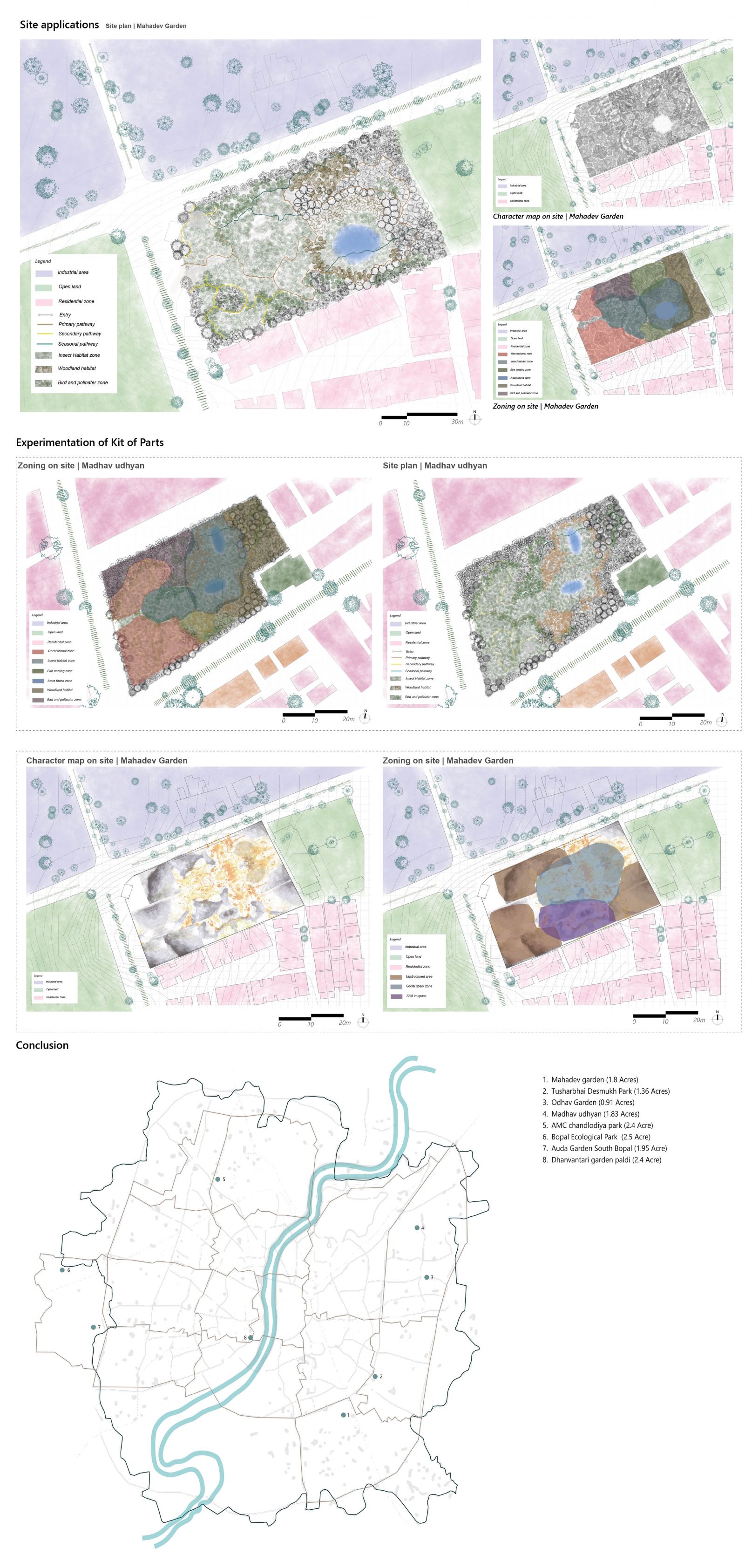Your browser is out-of-date!
For a richer surfing experience on our website, please update your browser. Update my browser now!
For a richer surfing experience on our website, please update your browser. Update my browser now!
Transforming the city into a thriving hub of biodiversity begins with re-imagining urban landscapes as dynamic, living systems. Neighborhood parks emerge as powerful catalysts in this vision—serving as ecological corridors that reconnect fragmented habitats and support the movement of flora and fauna within the dense urban fabric. Through thoughtful design strategies, these parks can significantly enhance habitat quality, providing refuge for pollinators, birds, and other vital species. More than just green spaces, they become pockets of ecological richness that help restore natural balance. At the same time, they foster environmental awareness and encourage active participation and stewardship within local communities. Integrating monitoring systems ensures the approach is not only adaptive but also data-driven—enabling real-time tracking of biodiversity patterns and informed decision-making. This approach weaves together ecology, community, and design—creating not only resilient ecosystems but also adding lasting ecological and cultural value to the city, shaping a more meaningful and sustainable urban future.
View Additional Work
